Researchers hauled in almost 55,000 lbs of ghost fishing gear from seafloor
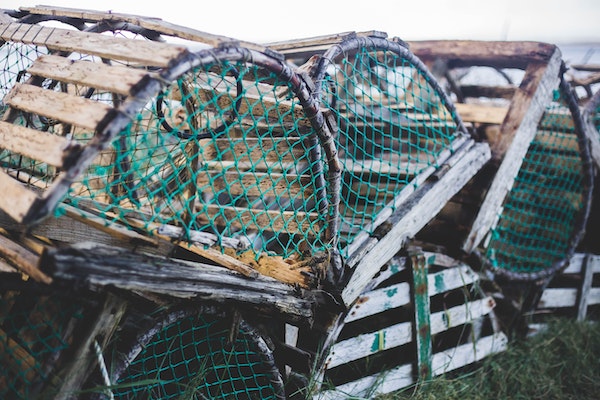
After a two-year study, Dalhousie University scientists have concluded that the area off of Nova Scotia’s southern tip is “littered” with abandoned, lost and discarded fishing gear (ALDFG). The collection of “ghost fishing gear” includes bundles of snarled rope, drifting lobster pots and abandoned buoys that damage the marine environment and eat into the industry’s bottom line.
The team worked with the Department of Fisheries, fishing captains, volunteers and different fisheries organizations to search for and retrieve ALDFG from three fishing zones that stretch from the Bay of Fundy around to Halifax over two years.
“Ghost gear continues to degrade the environment through marine pollution, but it also poses threats to target and non-target species, including those at risk,” said Dr. Tony Walker, co-author and an associate professor at Dalhousie University. “It also results in economic impacts on an industry on which much of coastal Nova Scotia depends.”
The fishing grounds in Southwest Nova Scotia span more than 21,000 square kilometers (8,100 square miles) and include Lobster Fishing Areas 33, 34 and 35, which provide most of the country’s lobster supply. Boats towing hooked grapples over a 4,000-square-kilometer (1,544-square-mile) swath of seafloor hauled in almost 25,000 kilograms (55,000 pounds) of ALDFG – which included traps, ropes, hooks, cables and other fishing-related equipment that drift through the water column or rest on the ocean bottom.
The team members, who published their findings in Marine Pollution Bulletin, also collected almost 5,000 kilograms (11,000 pounds) of assorted gear from seven shoreline searches. Of this, lobster traps made up 68 percent and dragger cable constituted 12 percent.
Retrieved gear varied in type, age, condition and weight, with 30 percent of lobster traps about 1 year old while the remaining 70 percent ranged from two to 37 years old. Roughly one-third of all traps retrieved were tagged, useable and less than three to four years old. They were taken to spots where they could be returned to fishers.
The traps contained more than 650 lobsters and almost 60 fish, 42 of which were species at risk, including Atlantic wolffish, Atlantic cod, white hake, spiny dogfish and thorny skate. Most of these were released back into the ocean.
“Marine debris is a ubiquitous global problem and makes up roughly 58 percent of macro marine debris by weight,” said Leah Fulton, who was doing her masters of marine management at Dalhousie at the time and worked with Coastal Action as a mapping technician. “Once gear enters the water, it can degrade into micro debris, create unsuitable habitat, entangle marine species, cause vessel damage, compromise catches for marine fisheries and create safety hazards in the marine environment.”
Some retrieved buoys in the Pubnico and Yarmouth areas came from the United States, highlighting the multijurisdictional nature of marine debris and ghost gear, the paper states. The team recovered more than 3,000 kilograms (6,600 pounds) of cable, which was believed to be discarded by commercial trawl vessels. They also found aquaculture netting, “ultimately informing us that they can also be major contributors to the marine debris problem,” said Fulton.
The researchers estimated the economic cost associated with lost gear to be roughly $240,000 per year over the two-year study period from 2019 to 2021. Each retrieved trap contained an average of 1.6 marketable lobsters, representing significant losses to the fishery. About 8 percent of lobsters released in LFA 33 were from suspected illegal, unregulated or unreported lobster traps.
The researchers stress that ghost fishing gear may be intentionally dumped, but that much of it is likely caused by accidental loss following storms or gear failures. The team recommended that Fisheries and Oceans Canada (DFO) increase compliance with ALDFG reporting and that community and fish harvester local knowledge is “extensively and consistently gathered” before retrieval efforts are conducted.
“This study highlights that gear can be identified and retrieved more effectively than in previous retrieval efforts as techniques and experience have improved,” said Walker. “Improving end-of-life gear and ALDFG disposal should be supported to reduce the environmental footprint of the fishing industry in marine environments and on land. Ultimately, fishers do not want to lose their gear.”
Follow the Advocate on Twitter @GSA_Advocate
Now that you've reached the end of the article ...
… please consider supporting GSA’s mission to advance responsible seafood practices through education, advocacy and third-party assurances. The Advocate aims to document the evolution of responsible seafood practices and share the expansive knowledge of our vast network of contributors.
By becoming a Global Seafood Alliance member, you’re ensuring that all of the pre-competitive work we do through member benefits, resources and events can continue. Individual membership costs just $50 a year.
Not a GSA member? Join us.
Author
Tagged With
Related Posts
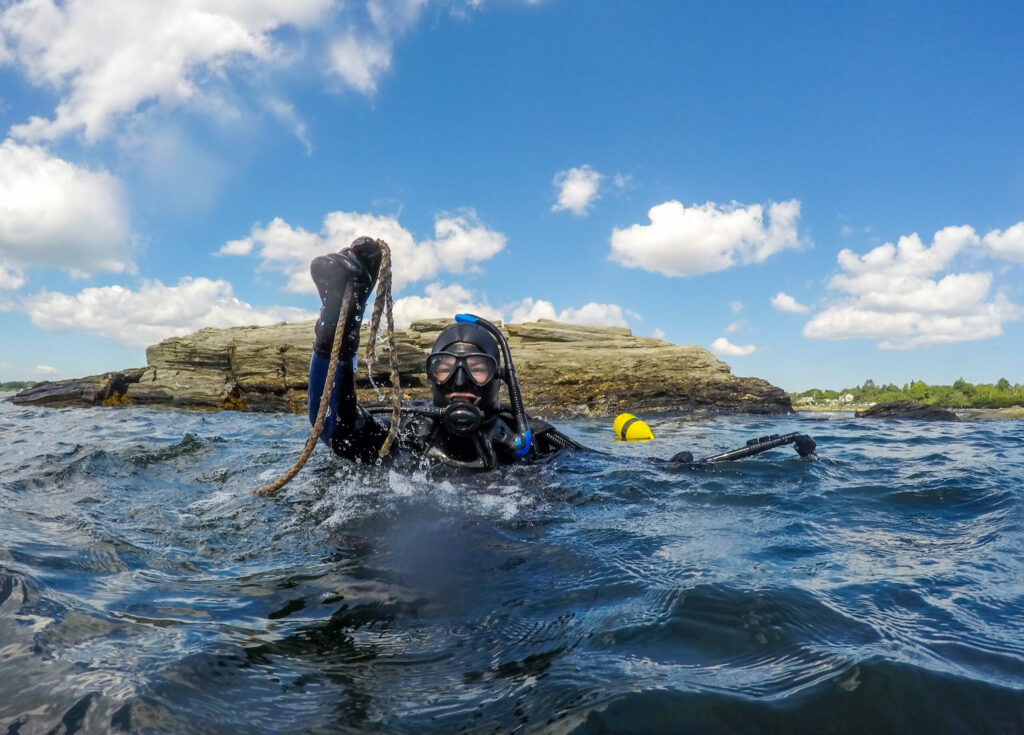
Fisheries
The hidden cost of ghost gear lost by fishing and aquaculture
Abandoned, lost or discarded fishing gear can inflict damage on marine life and the ocean, but what's the economic cost of ghost gear?
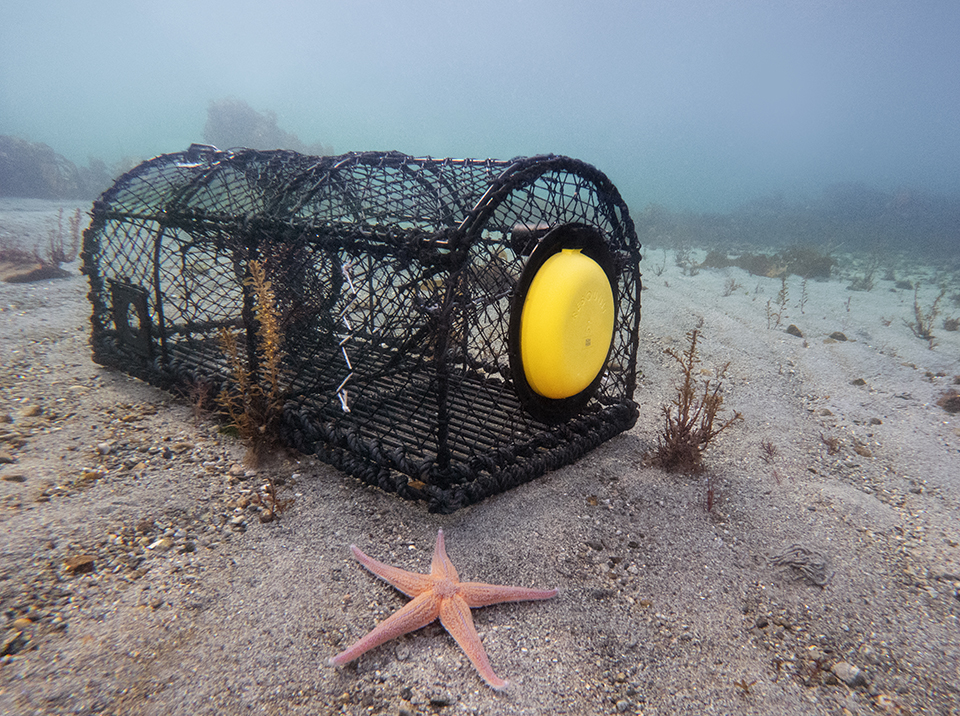
Fisheries
From reporting apps to floating traps: How technology tackles ghost fishing
The global ghost fishing problem has negative environmental and economic impacts, but new technology could help locate and retrieve lost fishing gear.
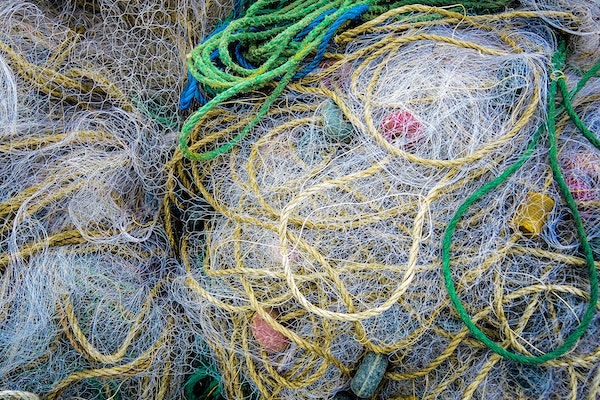
Responsibility
Can marine plastic from fisheries and aquaculture be upcycled into new things?
A SINTEF project is investigating how marine plastic used in fisheries and aquaculture can be turned into new products.
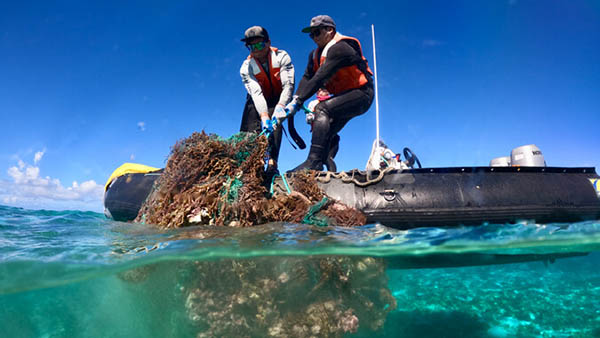
Responsibility
Hawai’i nets $5 million-plus to tackle marine debris
NOAA Sea Grant will support projects to remove and recycle marine debris, improve fishing net technology and develop community partnerships.



